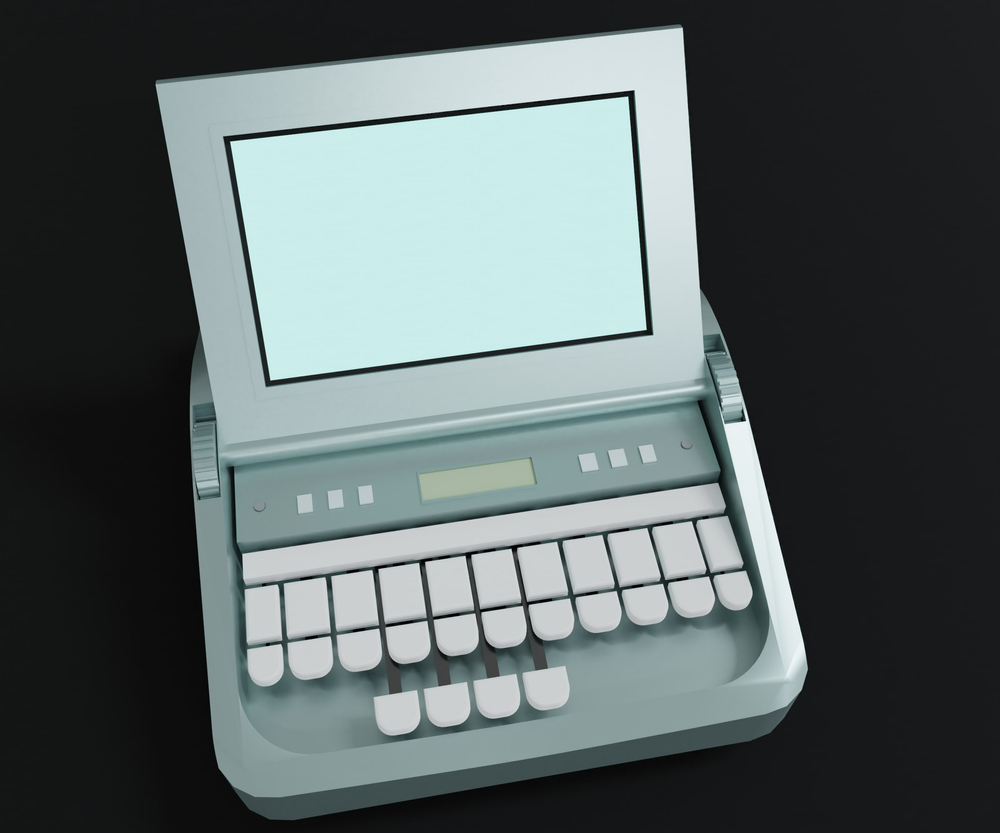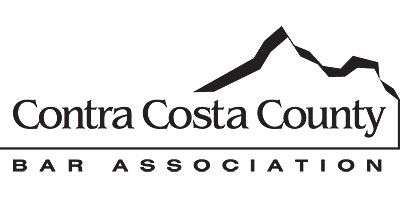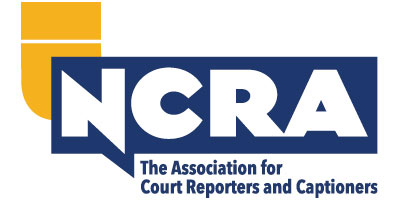The History of Stenography
Most people associate stenography with modern times due to the technology used. Unbeknownst to many, cuneiform (the beginnings of stenography) is actually an ancient craft. It has been used for centuries to record some of the most important events in human history. By looking at history, we can trace how stenography evolved into a modern-day profession.
Beginnings in Mesopotamia
The development of a writing system is the true beginning of stenography. In ancient times, the Sumerians created a symbolic form of writing called cuneiform. They recorded writings by using a makeshift stylus to mark pictures in soft clay. This writing system was used in Mesopotamia until around 100 B.C.E. In its final form, it included phonograms to assist with pronunciation.
Introducing Shorthand

Shorthand has its earliest roots in China. In imperial China, two types of shorthand were used in the imperial court. Ancient Chinese reporters wrote in grass or running script to record confessional documents. Later, they converted the shorthand text into full documents for court records. This early process set the precedent for today’s court reporting procedures.
Western history also has a place in the history of shorthand. In fact, the Romans were the first western civilization to make use of the writing form. Cicero’s secretary created a shorthand system referred to as Tironian Notes. The system soon became popular with other scribes in the political scene. At one point, Tiranion Notes included approximately 5,000 characters which abbreviated Greek, Roman and other forms of writing.
Despite its origins, shorthand was not always viewed in a positive light. Prior to the Middle Ages, it was heavily associated with witchcraft. It continued to have this connotation until monks began using Tironian Notes for socially acceptable purposes. This brought shorthand back into common use.
The 17th Century and Beyond
By the 17th century, many shorthand systems had been developed. Experts, such as Thomas Shelton, even created manuals to teach their systems. Eventually, various sounds were associated with symbols in Sir Isaac Pitman’s book, “Stenographic Sound-Hand.” The focus on sounds rather than letters made this a versatile form of shorthand adaptable to any language.
The First Use of Technology
Humankind began integrating technology into shorthand writing in 1877. In this year, Miles Bartholomew made the first shorthand device. A few decades later, an American court reporter fashioned the first commercial machine. Ward Stone Ireland’s stenography machine came complete with a keyboard and steno paper. In the years that followed, a wide variety of machines hit the market, each with a different type of innovation. Some of the more modern versions even included LCD screens and internal modems.
Modern Stenography Machines

Stenography devices have received a host of upgrades in recent years. Today’s machines often contain modern networking features such as Bluetooth and Wi-Fi connectivity. Many also allow for the use of SDHC cards for storage or backup. USB ports also help with data transfers to PC software. Furthermore, many stenography machines are rechargeable to allow a court reporter San Francisco to work without a power source. Modern technology has helped make court reporters more efficient than ever!
If you are a legal professional looking for a deposition reporter, contact Combs Reporting. Hire a court reporter or deposition interpreter for your next proceeding.






Leave A Comment